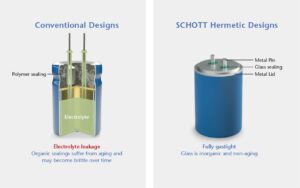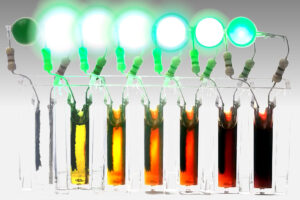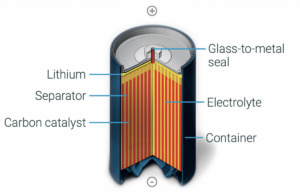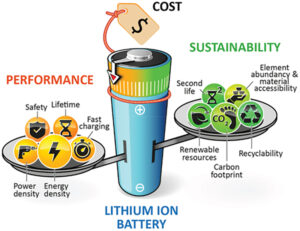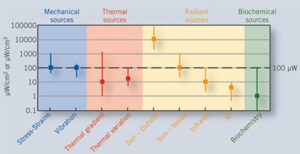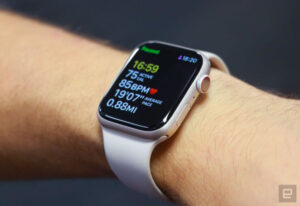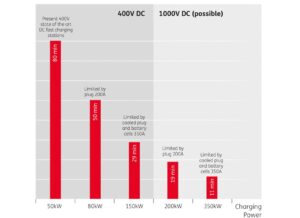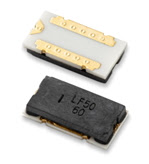Consumer (sometimes referred to as commercial) lithium (Li) batteries offer better performance compared with lower-cost alkaline, nickel-cadmium (NiCd), or nickel metal hydride (NiMH) alternatives, but industrial Li batteries are even higher in performance. This FAQ looks at examples of chemistries for primary and secondary Li batteries in consumer and industrial devices including the use of…
What’s different about industrial and medical Li batteries?
In many cases, the difference is related to regulatory demands versus environmental demands. Both segments require high levels of safety and performance from Li batteries. Medical applications have numerous strict regulatory and certification requirements while industrial systems tend to have more challenging environmental performance needs. This FAQ looks at the extensive standards defined for medical…
How do the six most common Li primary chemistries compare?
Rechargeable lithium-ion batteries get a lot of headlines, but primary Li battery chemistries are the workhorses in a large number of industrial, medical, consumer, and other applications. This article looks at the performance tradeoffs and typical applications for the six most common Li primary chemistries including LiCFX (lithium poly carbon monofluoride) LiMN02 (lithium manganese dioxide),…
How can primary Li batteries contribute to sustainability?
A lot has been written regarding rechargeable lithium (LI) batteries and sustainability. Primary (non-rechargeable) Li batteries can also make major contributions to improving the sustainability of the systems where they are used. This FAQ reviews some of the factors related to the sustainability of primary Li batteries including key performance indicators (KPIs), downcycling versus recycling,…
When to use energy harvesting and when to use long-life batteries
Energy harvesting (EH) can be an attractive way to power wireless internet of things (IoT) and other small devices. EH can be combined with rechargeable batteries, capacitors, or supercapacitors to provide enhanced performance. Depending on the circumstances, primary batteries can provide a more reliable and even lower-cost option. This FAQ looks at ways to classify…
2 x 2 mm single-cell Li-ion and Li-Pol charger features automotive start
Halo Microelectronics announced the release of its HL7040C, a highly integrated family of 2x2mm single-cell Li-Ion and Li-Pol linear chargers. The HL7040C is ideal for portable applications, including smartphones, PDAs, MP3 players, and low-powered handheld devices with limited board space, as it operates from either a USB port or an AC adapter. The high-input voltage […]
How can sensors save energy and improve sensor node battery life?
In a battery-powered, wireless sensing node, the biggest energy consumer typically is the RF transmitter. The transceiver should have extremely low power in active, wait and even sleep modes. A one-second snapshot of the current consumption in the various portions of the transmission cycle shows the current draw of 15 mA for the 7.5-ms receive…
Rare earths and EVs — it’s not about batteries
Rare earths play an important part in the sustainability of electric vehicles (EVs). While there are sustainability challenges related to EV batteries, rare earths are not used in lithium-ion batteries. They are necessary for the magnets that form the main propulsion motors. The batteries mostly rely on lithium and cobalt (not rare earths). At the…
What’s the difference between quick charge and extreme fast charge?
Several things. First, quick charge is used with devices like smart phones and tablet computers, while extreme fast charging (XFC) is used with electric vehicles (EVs). Quick charge (QC) is generally slower than extreme fast charge. QC has competitors like universal serial bus power delivery (USB-PD), IEC 62680-1-2:2022, and USB extended power range (EPR). Tesla…
Fuse protects Li-Ion batteries from overcurrent and overcharging
Littelfuse, Inc. announced the extension of its ITV9550 surface-mountable Li-ion battery protector series. These fuses safeguard battery packs against overcurrent and overcharging (overvoltage) conditions. The latest ITV9550 addition provides a 60 amp, three-terminal fuse in a 9.5 x 5.0 mm footprint. The innovative design incorporates an embedded fuse and heater elements that provide fast response and…

